Mustang trek
During this hiking trip (with moderate intensity) you will discover a magical place where nature and culture work together to keep a very old tradition alive. We will practice yoga and meditation together in the stunning nature and sacred Buddhist places.
Mustang was and still is an enchanted region where nature and culture intermingled to keep a very old tradition alive. Culturally, geopgraphically, and historically Tibetan, but within the borders of Nepal, it has become a time capsule of Tibetan heritahe and a place where the rich tradition of Tibetan Buddhism is carried on to this.
The essence of Mustang’s beauty is within the contrast between the desert-like landscape and the richness of the culture.
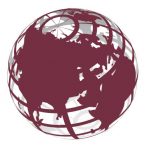
Destination
Mustang – Nepal
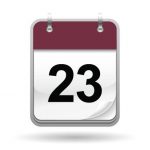
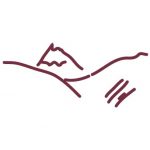
Altitude
max 4000 m

Trekking/hiking
Medium Trek
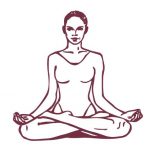
Yoga level
(breathing) Yoga
sword practice
meditation
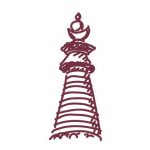
Bhuddist wisdom
Buddhist background
expl. esoteric symbols
Highlights of this travel
o Buddhist chorten, stupa and monasteries
o Impressive gorges and cliffs
o The Kaligandaki river valley
o Guru Rinpoche meditation cave
o Jong cave
o Mud structures
o Mountains such as the Dhaulagiri, Nilgiri, Mustang Himal, Throngla Peak and the Annapurna
-
Destination
-
IncludedMustang trek
Reviews
See what others have to say
Comments:
WRITE A REVIEW
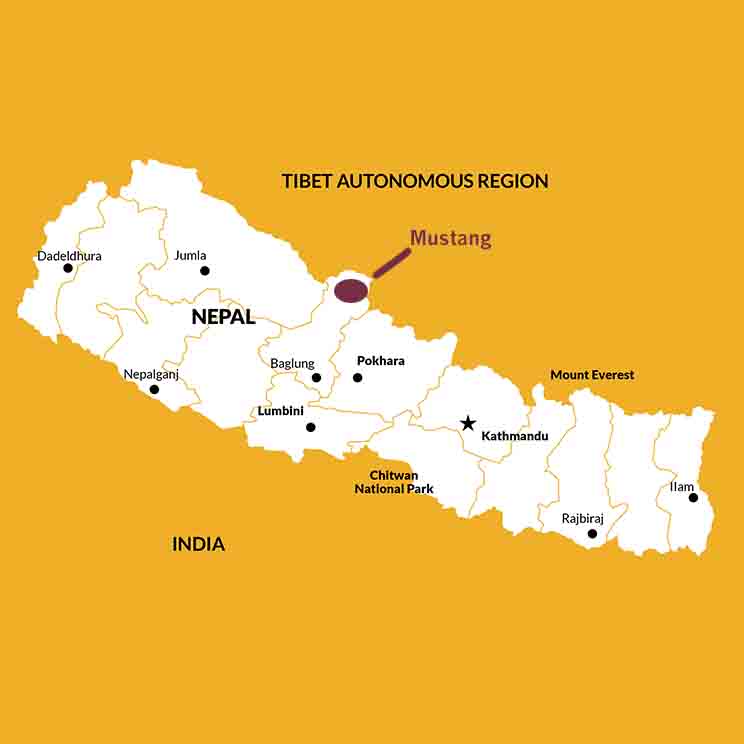
download here the detailed map of Great Himalaya Trail: Mustang
Highlights:
o Buddhist chorten, stupa and monasteries
o Impressive gorges and cliffs
o The Kaligandaki river valley
o Guru Rinpoche meditation cave
o Jong cave
o Mud structures
o Mountains such as the Dhaulagiri, Nilgiri, Mustang Himal, Throngla Peak and the Annapurna
PRICES:
On demand
Ask an offer here.
ADDITIONAL INFO
Included:
Not included:
- International air fare and transportation in and out of Nepal (Kathmandu).
- Please buy your own travel & annulation insurance
- Make sure your health insurance cover your assistance abroad
- extra drinks (like alcohol,cold drinks, coffee and tea outside the meals)
- Personal expenses
- Nepali visa fee
- Tip for guide(s) and driver(s)
More Info
You can find more information on our Terms & Conditions in the sidebar or in our footer.
In the section Frequently Asked Questions you will also find there more information.


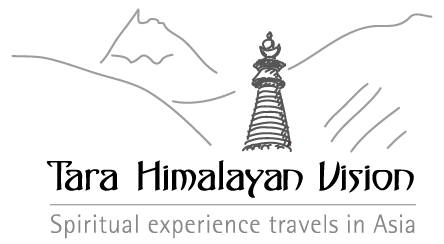



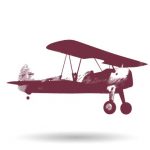
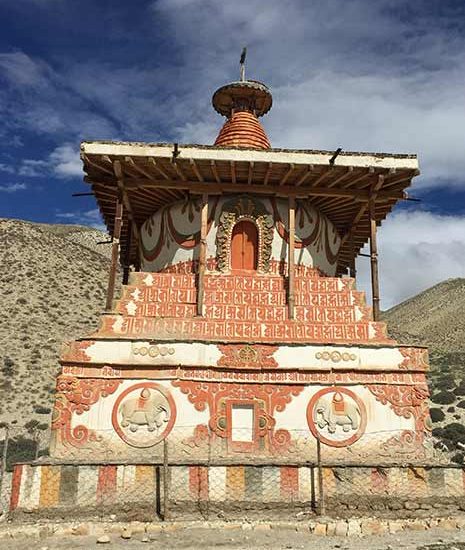
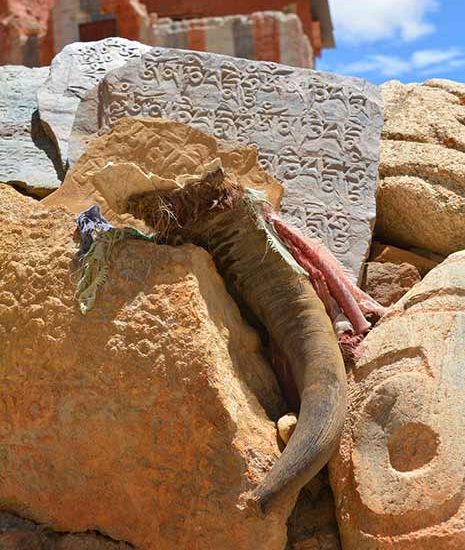
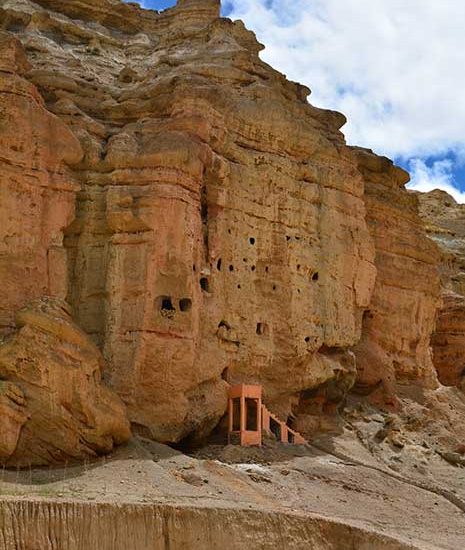
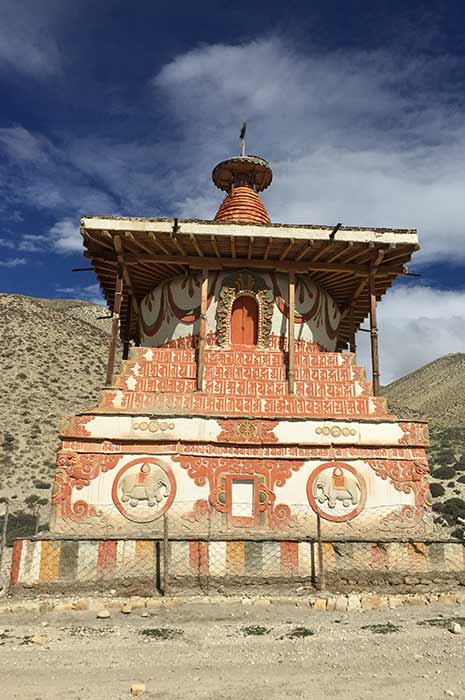
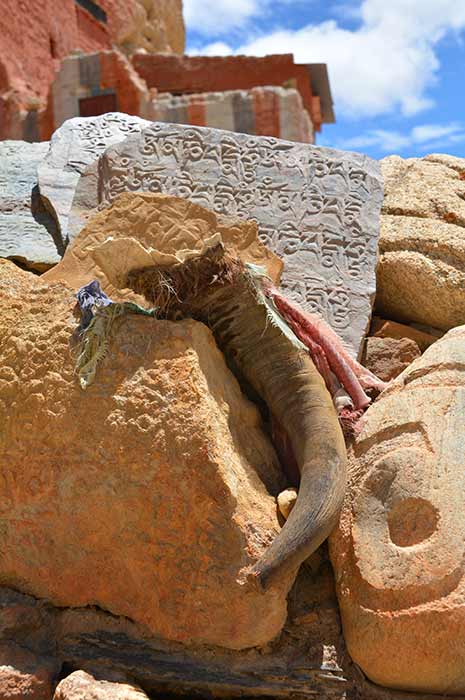
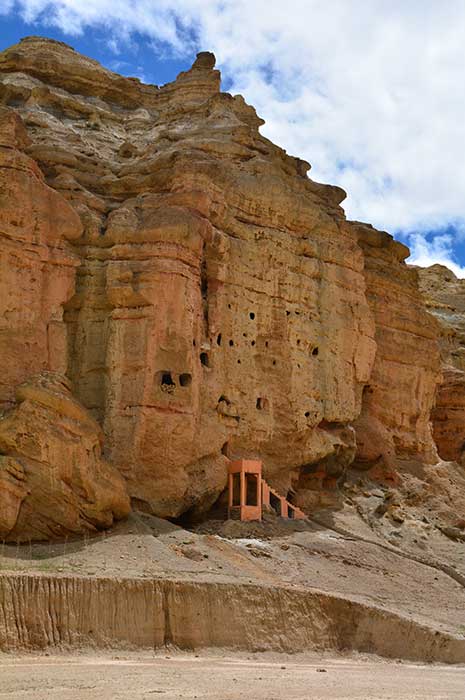
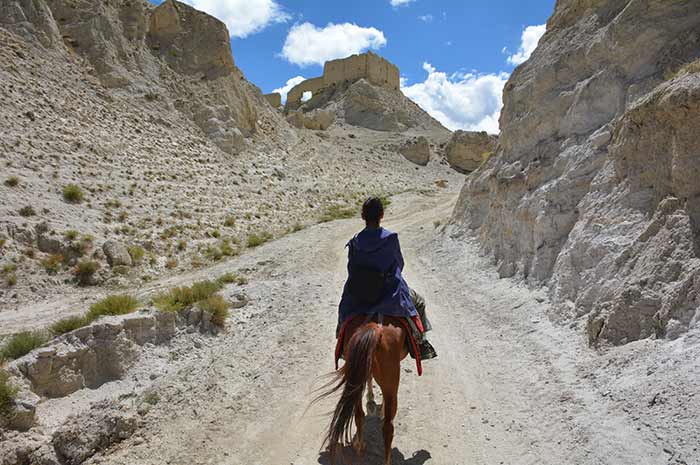
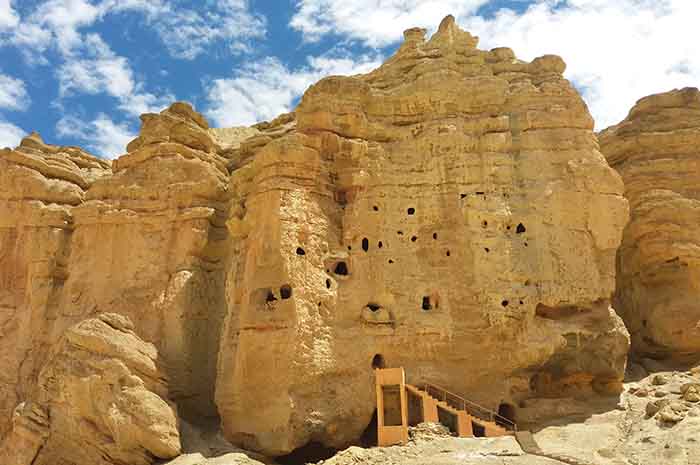
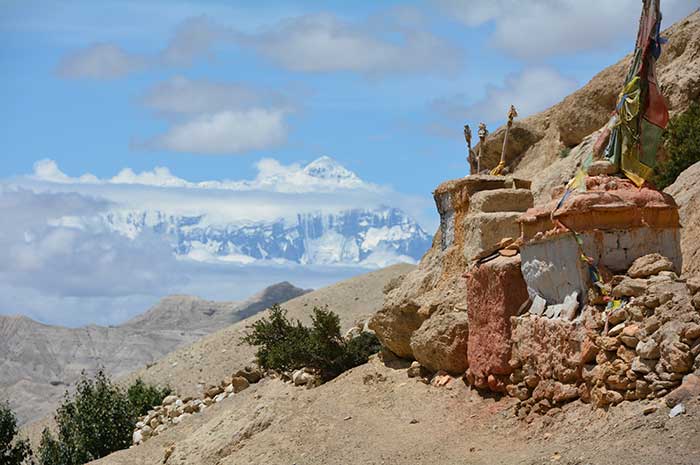
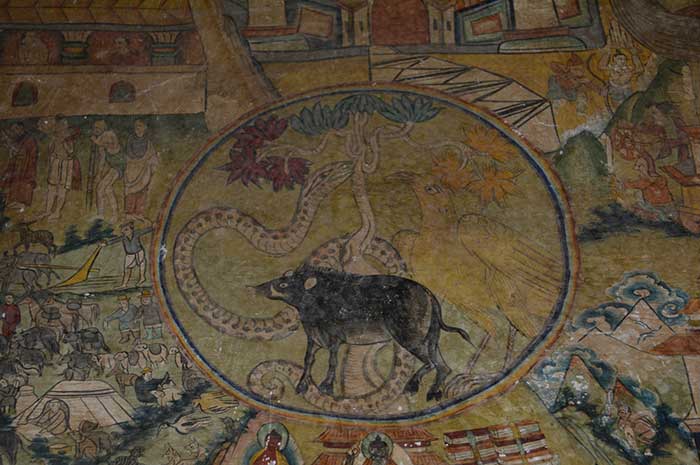
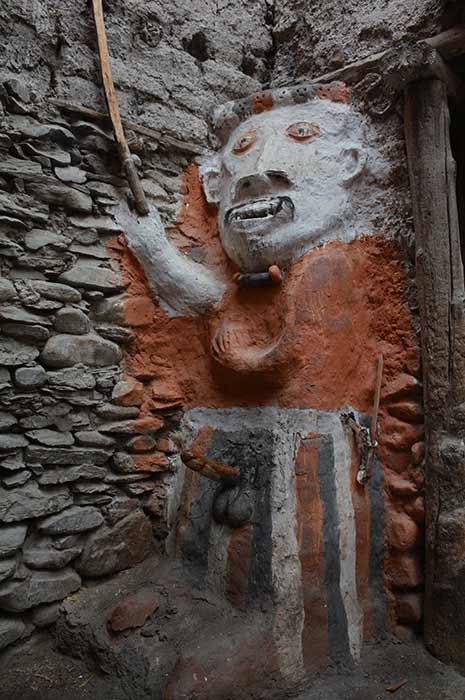

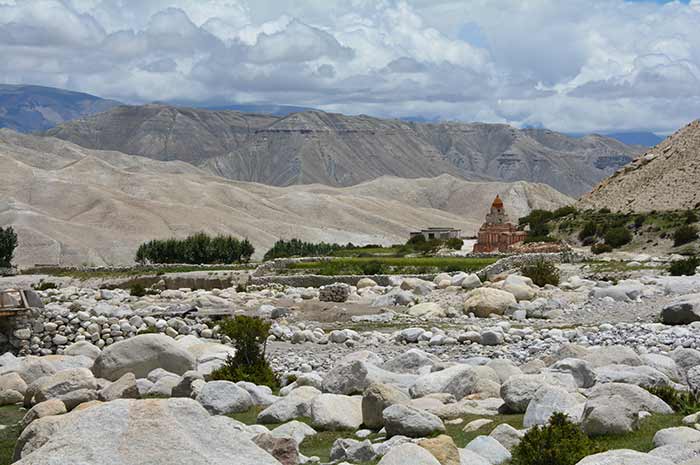
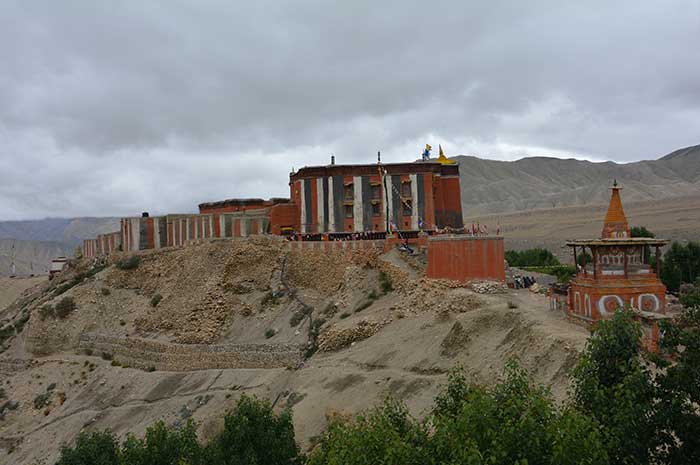
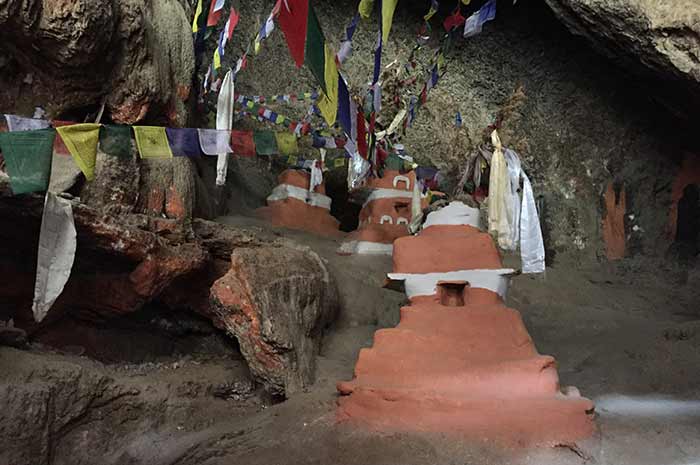
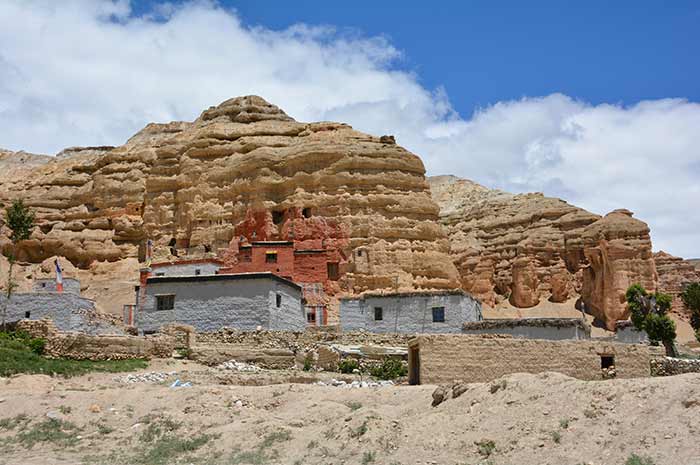
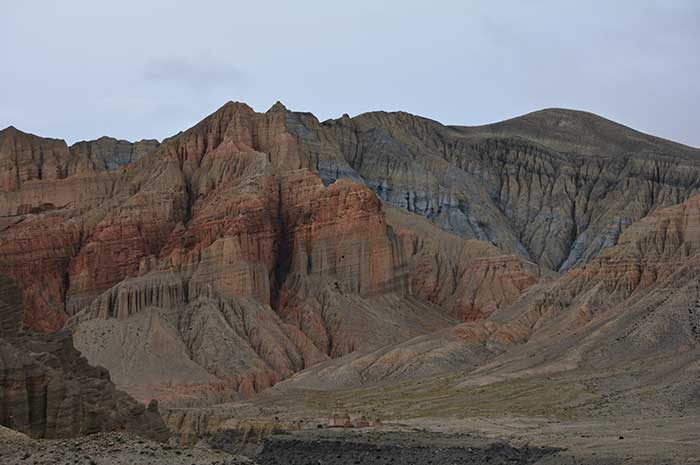
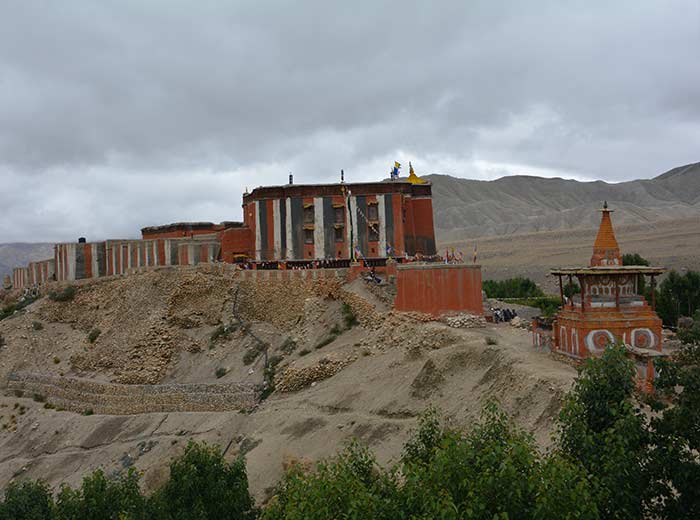
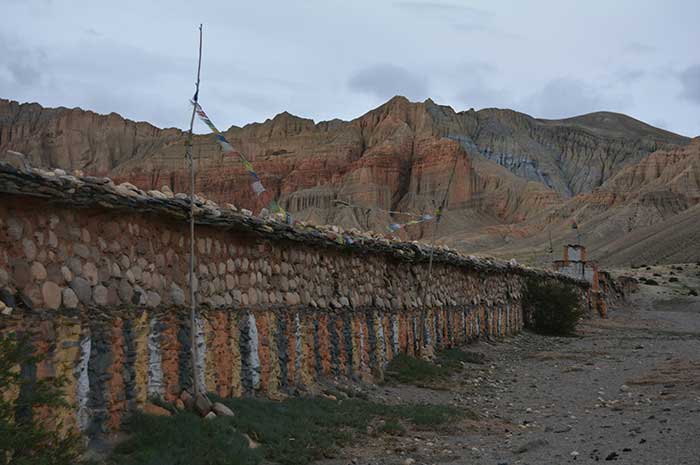
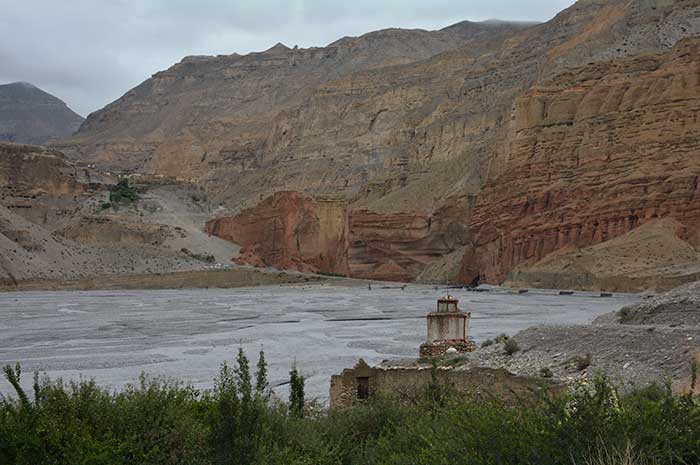
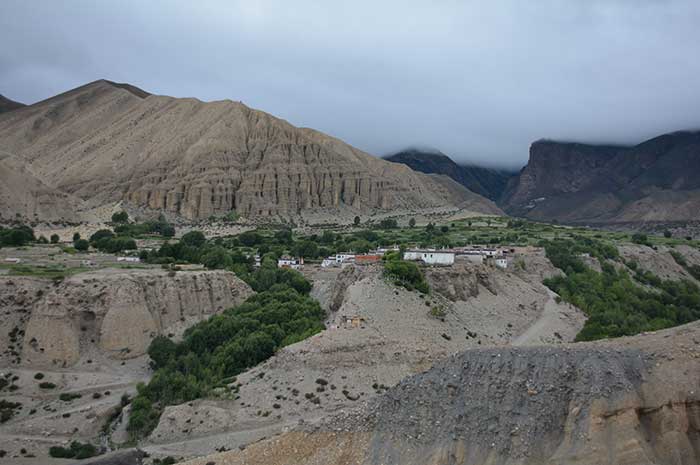
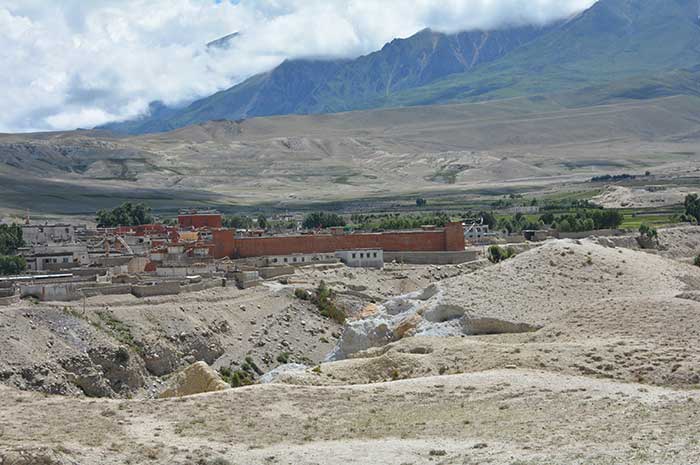
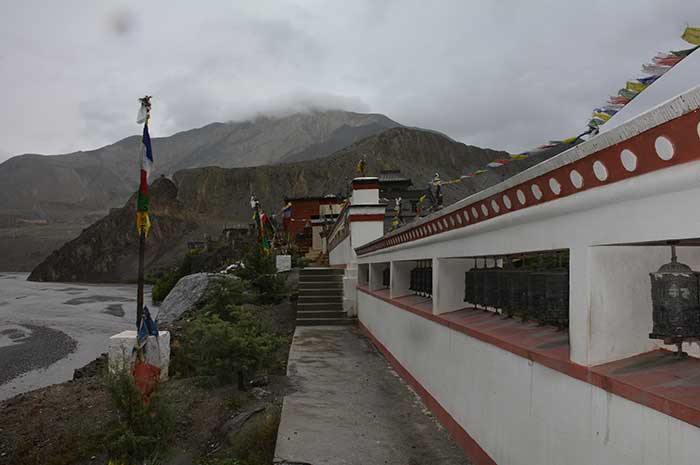
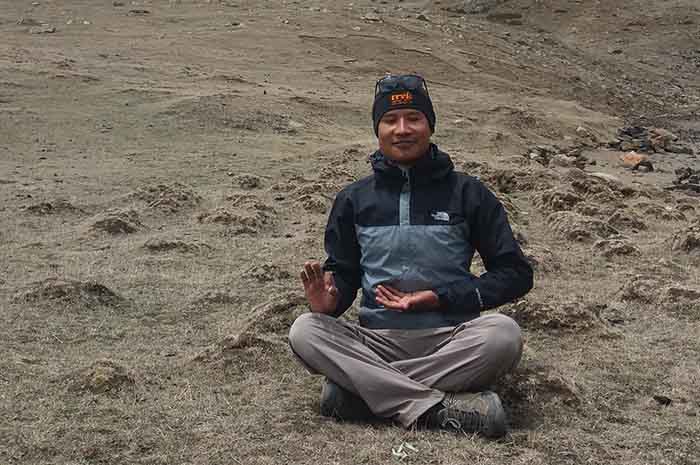
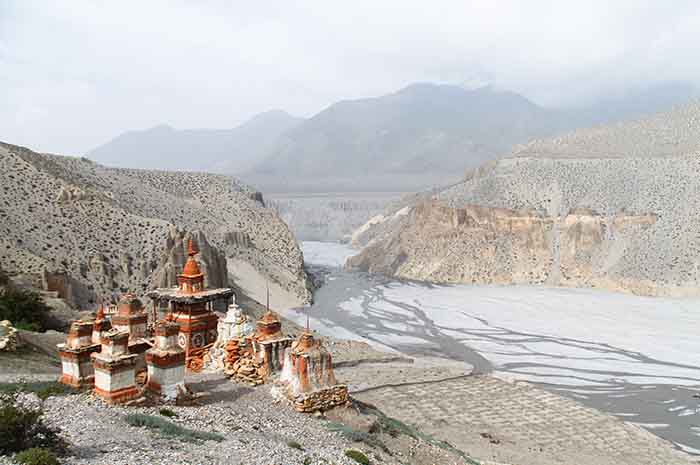
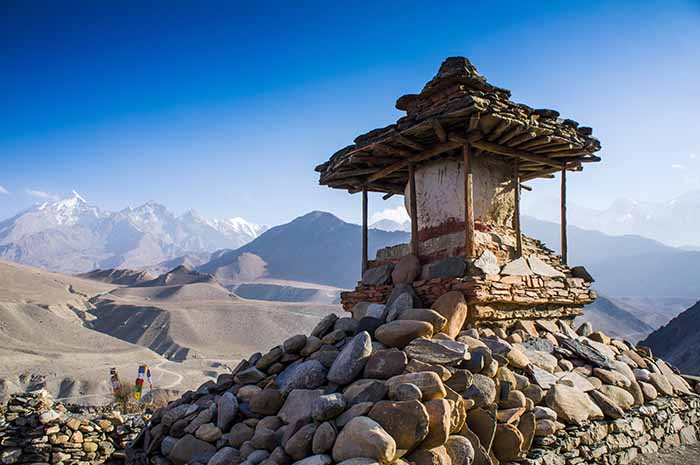
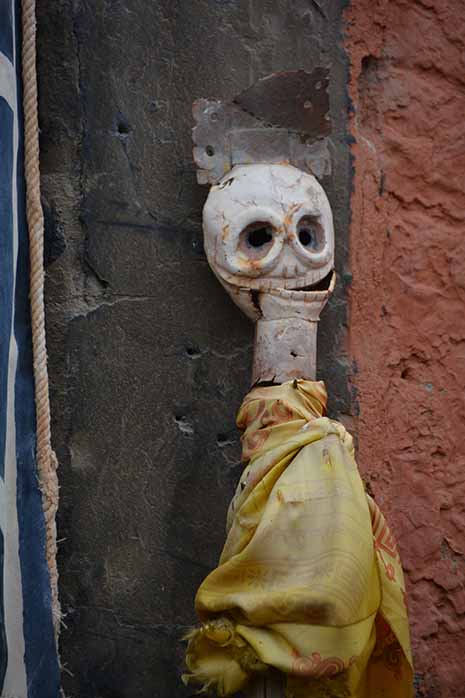
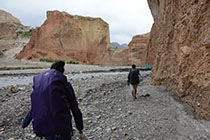
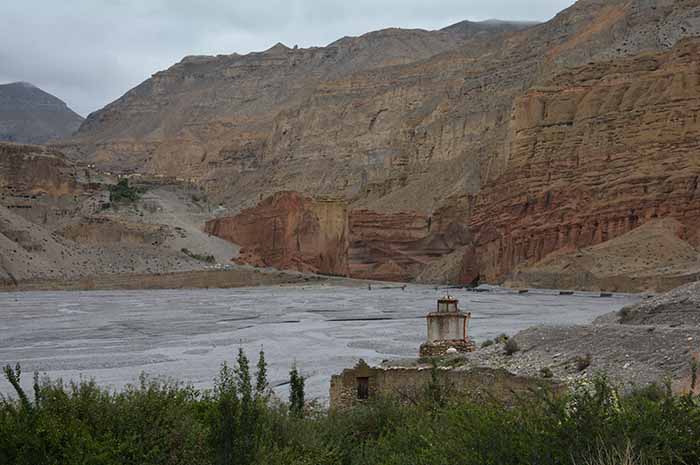
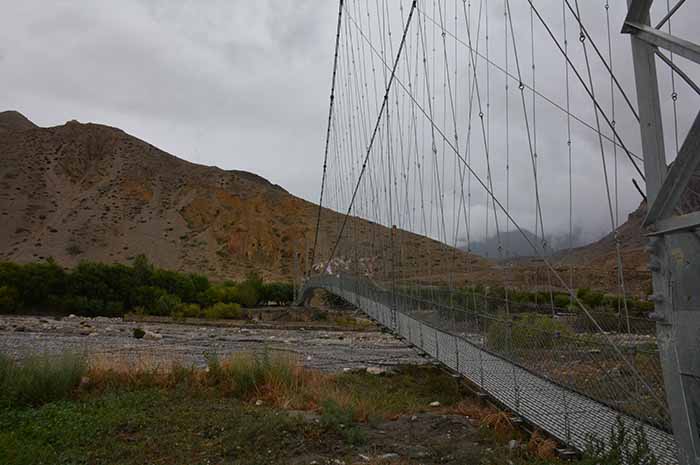
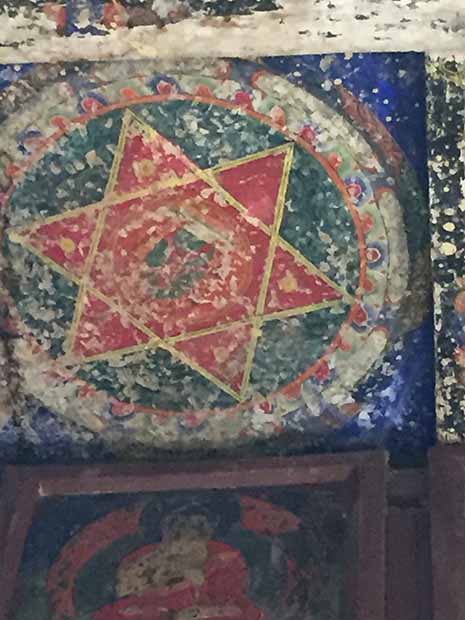
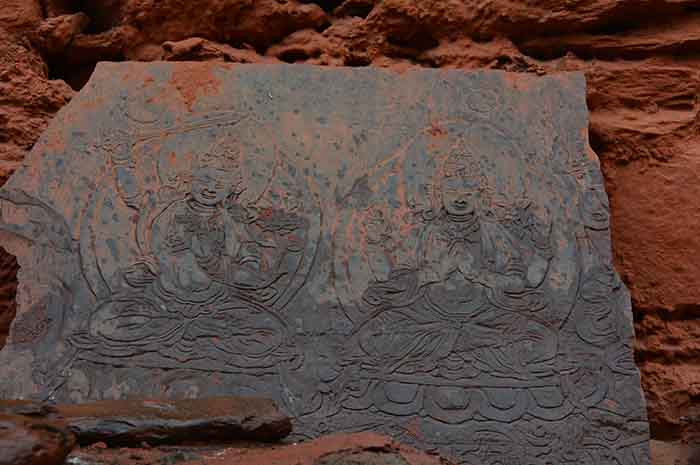
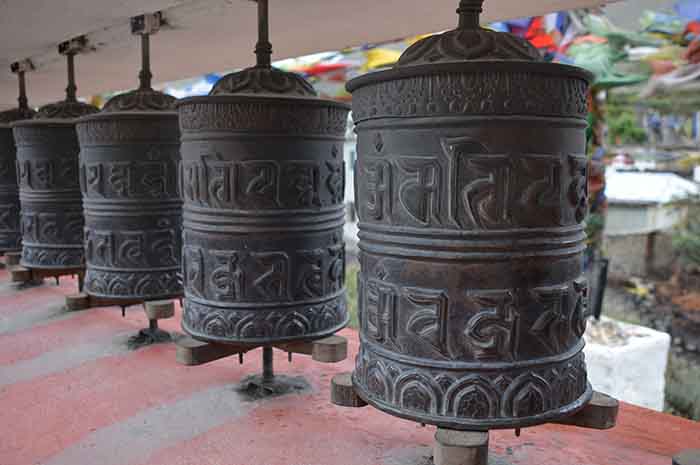
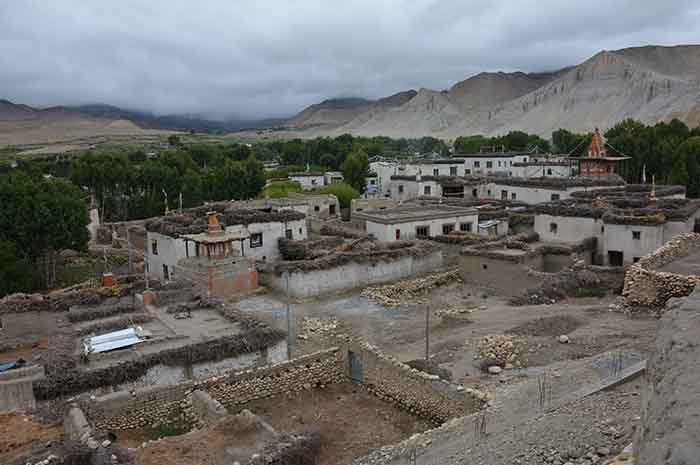
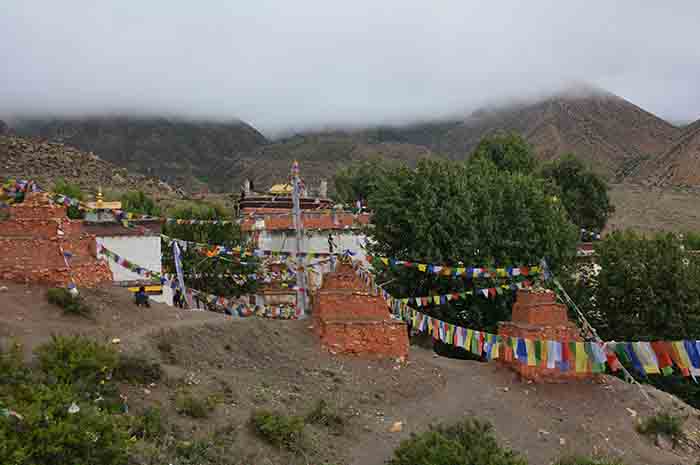
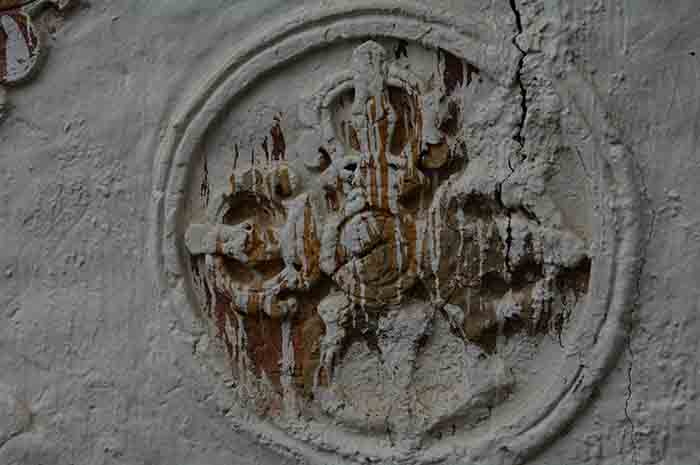
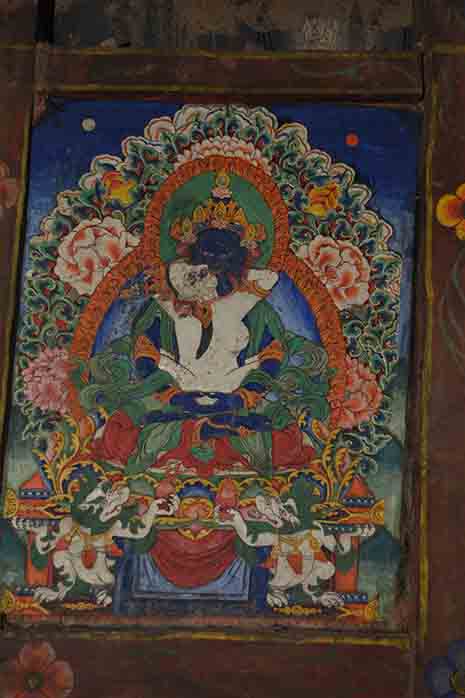
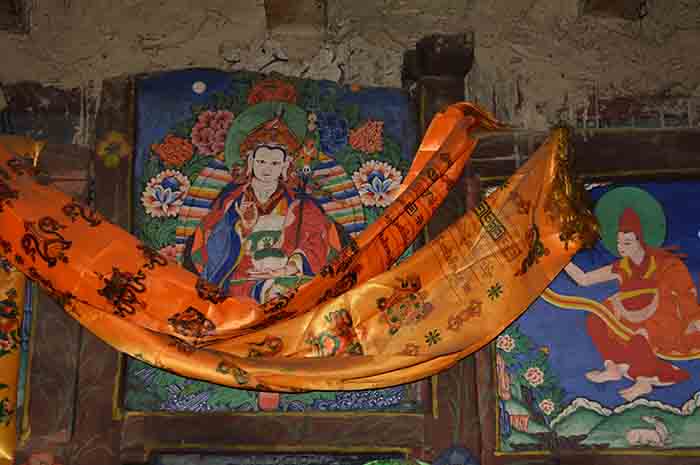
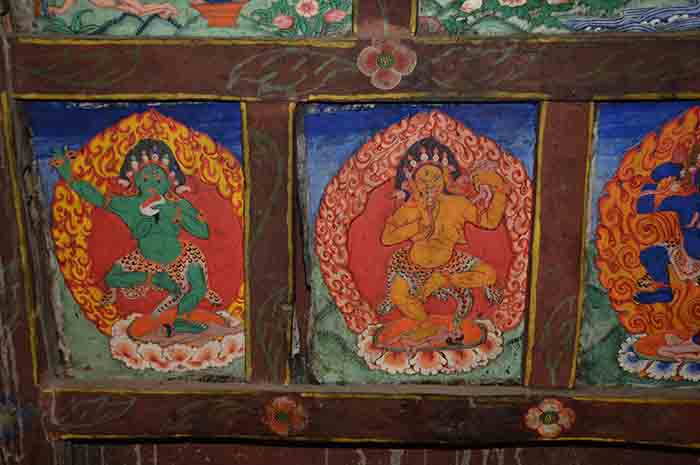
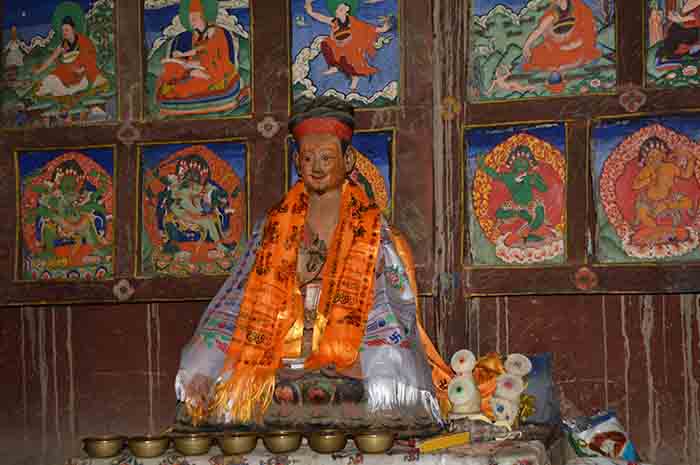
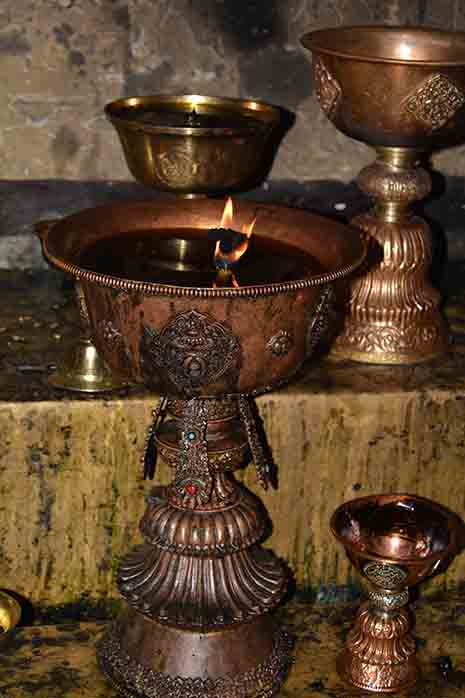
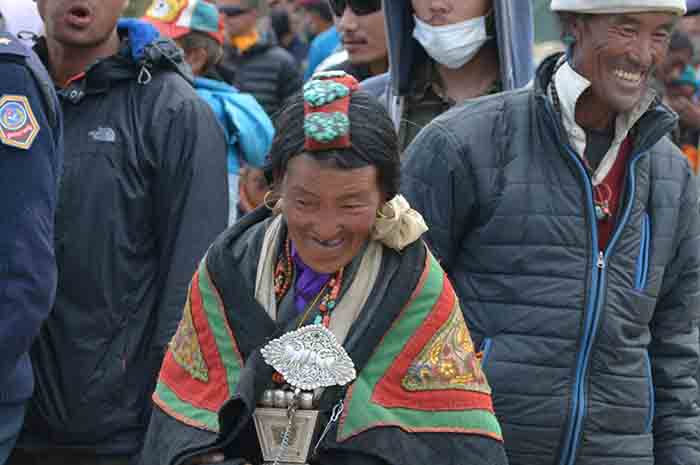
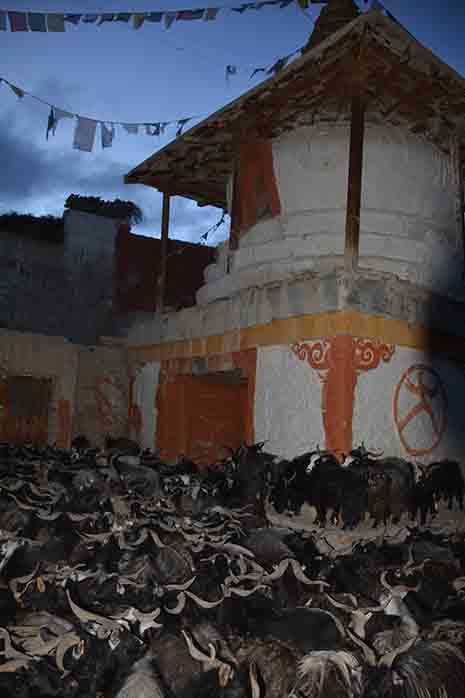
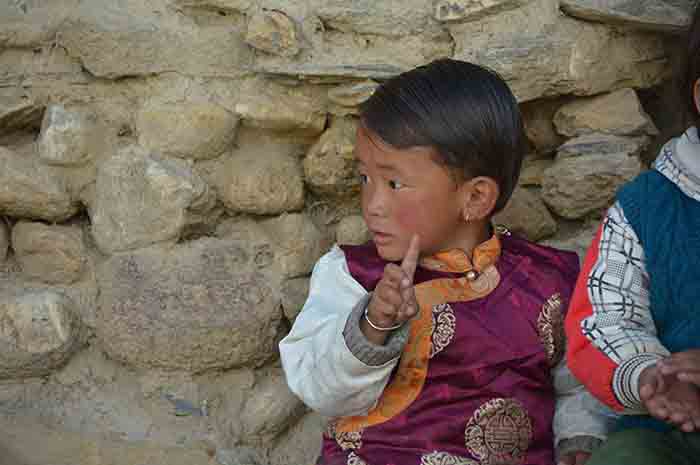
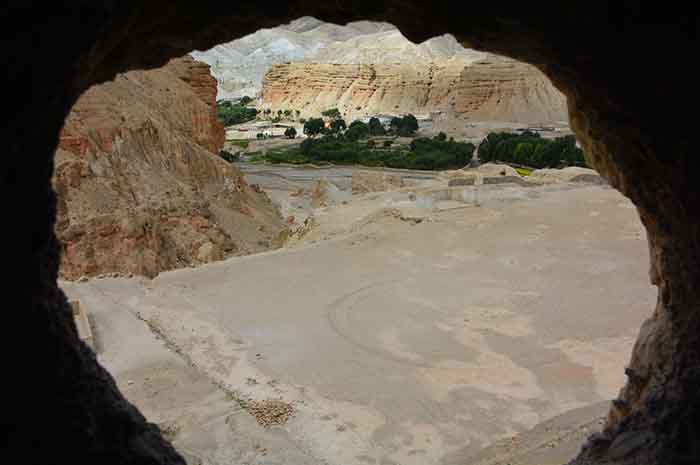
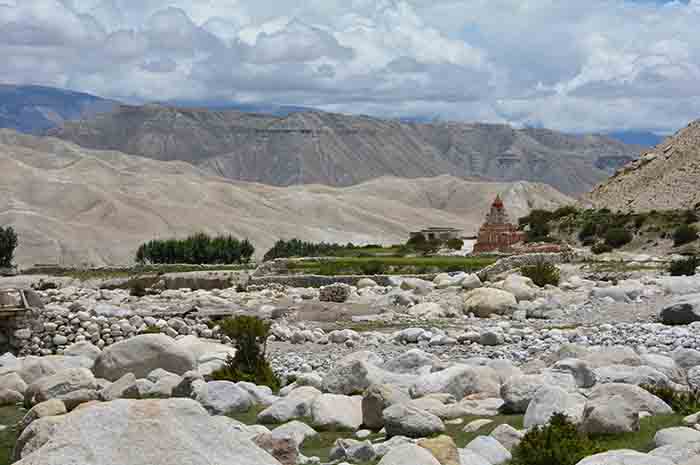
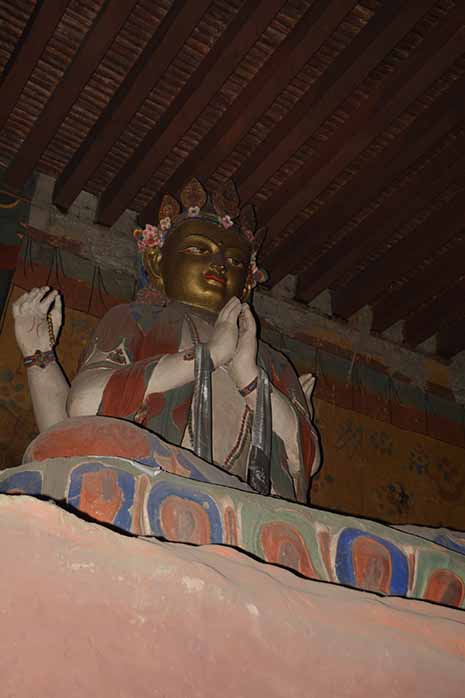
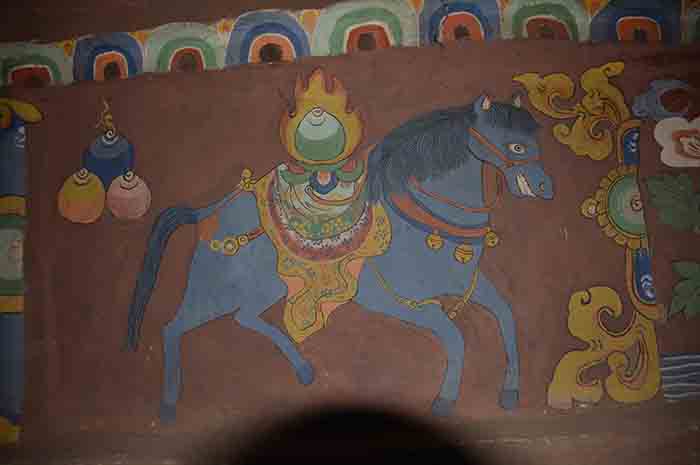
Beda Belpeer (Belgium)
Mustang reminded me of how Tibet must have ever been. The unspoiltness and purity was the most eye-catching for me. In Lo-Mantang, the murals in the temple were a gem of Buddhist art. The highlight for me was the cave of Padmasambava. Our guide Pramod managed to lead us safely over all obstacles and to solve all unexpected problems effortlessly. It was an adventure never to be forgotten and that I would like to go back with pleasure.
't Kindt- De Wolf
“Tara Himalayan Vision is a young travel agency, but its service is just as good as any well-known agency in the travel industry. Everything had been taken care of and there was a great follow-up during our trip. When you are on an adventurous trip there are always unforeseen circumstances, but any issue was quickly resolved. We had a very nice trip.”
Family ’t Kindt – De Wolf (Belgium)